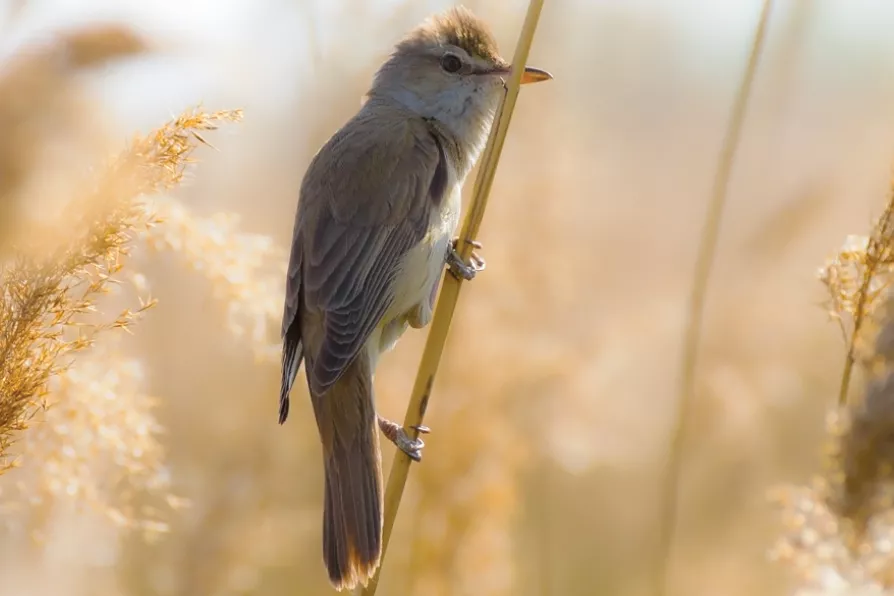This year’s Bristol Radical History Festival focused on the persistent threats of racism, xenophobia and, of course, our radical collective resistance to it across Ireland and Britain, reports LYNNE WALSH

 The Great Reed Warbler
The Great Reed Warbler
IN A column a few weeks ago, we wrote about new research into the migration patterns of peregrine falcons.
Falcons prey on small birds. But some of these small birds have long migrations of their own. This week, new research reports a remarkable finding about a small songbird, the great reed warbler.
These birds weigh less than a slice of bread but must migrate long distances, from breeding sites in northern Europe to spend winter in tropical Africa. Two times a year, they cross barriers of sea and sand: the Mediterranean Sea and the Sahara Desert. Whereas normally they fly at night and rest in the day to shelter from predators, over these barriers they fly non-stop – due to the lack of food and shelter at ground level.
Previous research had identified this change of behaviour. It was also known that during the night, the birds typically flew quite high above the ground. But when the team of researchers analysed the information from the geolocators they had fitted to 14 individual warblers, they were shocked.
During the night, the warblers flew as expected, around 2km (1.2 miles) above the ground.

A maverick’s self-inflicted snake bites could unlock breakthrough treatments – but they also reveal deeper tensions between noble scientific curiosity and cold corporate callousness, write ROX MIDDLETON, LIAM SHAW and MIRIAM GAUNTLETT
Science has always been mixed up with money and power, but as a decorative facade for megayachts, it risks leaving reality behind altogether, write ROX MIDDLETON, LIAM SHAW and MIRIAM GAUNTLETT















